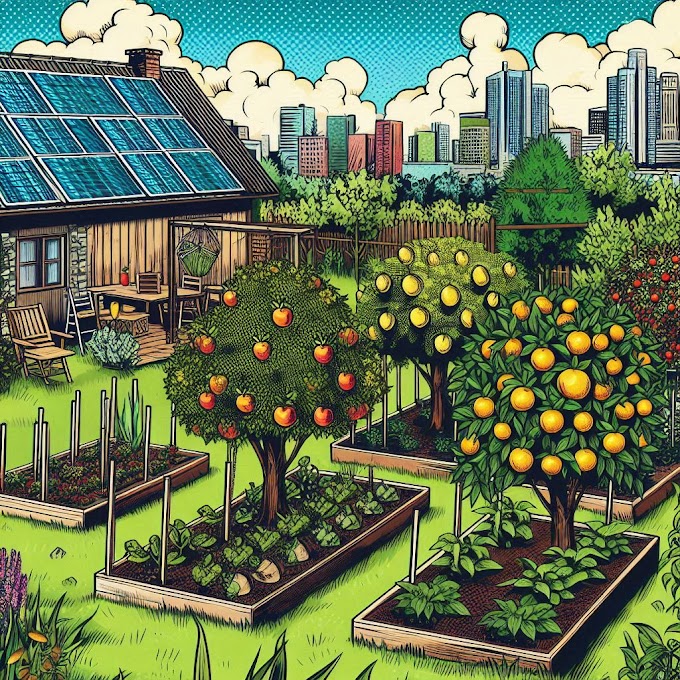Onions: A Survival Garden Essential
Onions are a cornerstone of survival gardening. They’re easy to grow, highly versatile, and packed with flavor and nutrients. A single planting can yield a bountiful supply that stores well, making onions a critical addition to your survival garden.
Why Grow Onions?
Nutritional Value: Onions are rich in vitamin C, B vitamins, and antioxidants, supporting immune health and reducing inflammation.
Culinary Versatility: Onions form the base of countless recipes, from soups to sauces, and add depth to any meal.
Long-Term Storage: When properly cured, onions can last for months, ensuring a steady supply.
When to Plant Onions
Fall Planting: In mild climates, plant onion sets or seeds in the fall for an early spring harvest.
Spring Planting: In colder regions, plant in early spring as soon as the soil is workable.
Day Length Varieties: Choose short-day onions for southern regions and long-day onions for northern climates. Intermediate-day onions grow well in most areas.
Where to Grow Onions
Location: Select a sunny spot; onions need at least 6-8 hours of sunlight daily.
Soil: Onions prefer loose, well-drained soil with a slightly acidic to neutral pH (6.0-7.0). Enrich the soil with compost or aged manure for optimal growth.
How to Grow Onions
1. Start with Sets or Seeds:
Sets: Small, immature onion bulbs are easiest for beginners and mature quickly.
Seeds: Require more time but offer a wider variety of onions.
2. Planting:
Plant onion sets 1-2 inches deep and 4 inches apart in rows spaced 12 inches apart.
If using seeds, sow ¼ inch deep and thin to 4 inches apart once seedlings sprout.
3. Watering: Keep the soil evenly moist but not waterlogged, especially during bulb formation.
Benefits of Onions in a Survival Garden
Resilience: Onions are hardy and can tolerate various conditions.
Pest Deterrent: Their strong scent helps repel pests like aphids and carrot flies.
Dual Purpose: Both bulbs and greens are edible, maximizing your yield.
Culinary Uses
Raw: Add sliced onions to salads, sandwiches, or salsas for a crisp bite.
Cooked: Sauté onions for a caramelized sweetness, or add them to soups, stews, and casseroles.
Pickled: Make pickled onions to add tangy flavor to tacos, burgers, and charcuterie boards.
Green Onions: Use onion tops (scallions) as a garnish or in stir-fries.
Growing Tips
Mulch: Use mulch to retain moisture and suppress weeds.
Companion Planting: Onions grow well with carrots, lettuce, and beets. Avoid planting near peas and beans.
Fertilize Wisely: Onions are heavy feeders; apply a nitrogen-rich fertilizer during the early growth stage. Reduce feeding as bulbs develop.
Harvest at the Right Time: Bulbs are ready to harvest when their tops turn yellow and fall over.
Harvesting and Storage
1. Harvesting: Gently pull onions from the soil and let them dry in a warm, shaded area for a few days.
2. Curing: Cure onions in a well-ventilated area for 2-3 weeks to harden their outer layers.
3. Storage: Store cured onions in a cool, dry, and dark location. Sweet onions have a shorter shelf life than pungent varieties, so use them first.
Why Onions Are Essential in Survival Gardens
Onions are a survival gardening staple for their versatility, storage capabilities, and ease of cultivation. Whether enhancing your meals or providing essential nutrients, onions ensure that your survival garden remains productive and your kitchen flavorful year-round.












